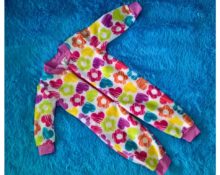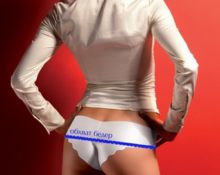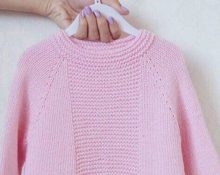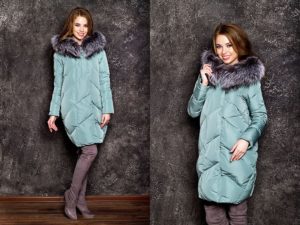 Down jackets are the most popular clothing for the cold season. Despite their lightness, they perfectly warm, protect from the wind, and are indispensable during winter rain or snowfall.
Down jackets are the most popular clothing for the cold season. Despite their lightness, they perfectly warm, protect from the wind, and are indispensable during winter rain or snowfall.
The advantages of down jackets largely depend on their filling. Synthetic fibers (holofiber, Thinsulate, Isosoft, synthetic down, etc.) are used for insulation in clothing. Another option is to use natural materials (wool, down, which is often supplemented with feathers).
When choosing a product, you need to take into account the properties and qualities of various insulation materials.
We will tell you what duck down insulation is, whether it is warm, and how many degrees it retains heat.
Characteristics of duck down
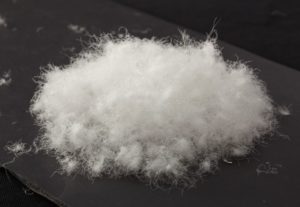
Down fillings are made from the down of waterfowl: eider, swan, goose, duck.
Duck is one of the most common materials. Manufacturers turn to it often. But we have to figure out how good it is for down jacket owners.
Advantages
The rather small downy feather of a duck has a number of obvious advantages.
- Due to its naturalness, it is environmentally friendly.
- Duck down attracts with its lightness.
- The filler spreads well inside the clothes. The small size of the fluff allows you to evenly fill the inner space of the down jacket so that there are not even small areas left in the clothes free of fluff.
- A down jacket made from this material makes a person feel comfortable. After all, the filler retains heat well.
Reference. In such down jackets, even small children do not freeze during long walks at temperatures down to minus 25 ºC.
Flaws
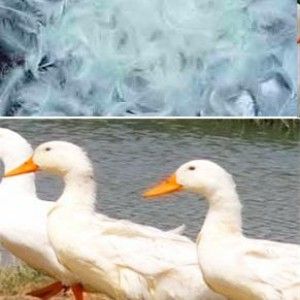
Compared to other waterfowl, ducks cover their feathers with a fairly large layer of fat. It is secreted from the sebaceous glands of the bird and is necessary to protect its feathers when they come into contact with water.
Reference: the fatty layer of duck feathers is larger than similar protection in other birds: eider, swan, goose.
This feature leads to such negative features of the insulation.
Difficult and expensive cleaning
Because of this feature, before using it as a filler, it must be cleaned more thoroughly than other feathers. Strong detergents are used. They can not only wash away the sebaceous layer, but also get rid of the odor.
But the complexity of the cleaning process increases the cost of insulation production.
There is one more disadvantage of such cleaning: the period during which the down plays an insulating role is reduced. This means that the lifespan of clothing becomes shorter.
Weight
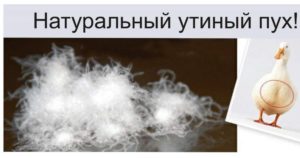
The fat layer also affects the weight of the down, making it heavier. Therefore, jackets with such insulation are heavier than products with other contents.
Care
When washed in a machine, the contents of the jacket may clump.And after washing, it will take a long time for the product to dry completely.
Advice: If you need to wash a product with duck down filling, place a few tennis balls in the washing machine drum or in your clothing pockets. This will prevent lumps from forming.
Features of down/feather filler
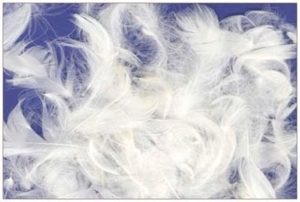
Very often, manufacturers produce warm clothes, the insulation of which cannot be called completely down, since feathers have been added to it.
It adds volume to the product and also reduces its cost.
Label symbols
You can find out what was used to insulate a particular jacket from the information on the label.
- The inscription “down” indicates the down contents of the product.
- The word “feather” indicates that a mixed type was used, made with a feather additive.
In addition to the indicated text inscriptions, there are numbers on the label. They are written as a fraction. This is the percentage ratio of the two components.
- The upper part (numerator) represents the amount of fluff.
- From the bottom of the fraction (denominator) you can find out how much feather was added to the insulation.
For example, if the label says 70/30, this means that the down jacket fills 70% down, and the remaining 30% is feather.
Optimal ratio
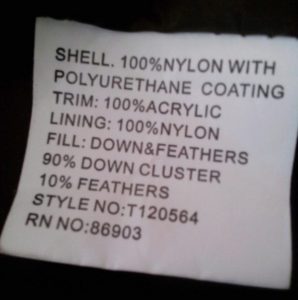
Once you have information about the jacket, you need to evaluate it. To do this, you need to know which combination will provide warmth.
Reference: Increasing the feather percentage makes the down jacket less warm.
- In order not to freeze in winter at temperatures down to minus 25 ºC, you need to select products in which the feather takes up no more than 20% (80/20).
- Residents of areas with harsh winters need to look for a model with even less feather: 10% (90/10).
Having information about duck down, you can decide whether a down jacket with such insulation is suitable for you or not.


 0
0